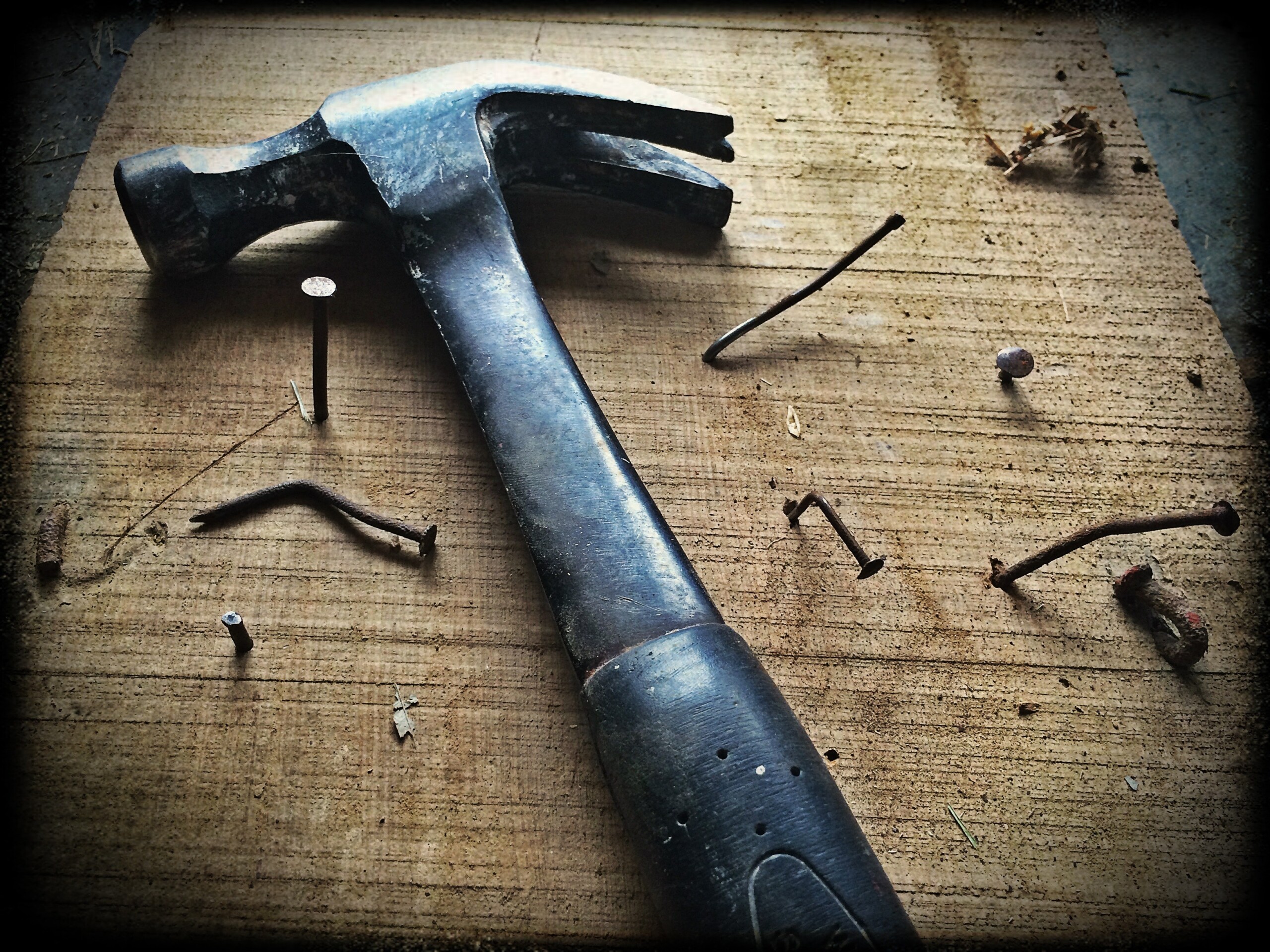When embarking on a big change, some leaders get nervous that they don’t have the “right people” for the change, or that their people don’t have the skills to change. You’ll hear concerns that “our teams aren’t agile enough,” or that people are so accustomed to the status quo, they won’t even know how to start changing. (And while lower-level employees might be more open to admitting it, the truth is that executives might not have these skills, either.)
We’ve worked with plenty of teams who do have the skills required to work differently—it’s just that no one’s ever asked them to do it.
Unfortunately, this is often because:
- They never had the opportunity to learn. Most likely, leaders and teams never received dedicated training on how to evolve ways of working, and were simply expected to learn change management skills by observing other leaders.
- They learned the incorrect lessons. Many leaders (especially at more senior levels) were taught incorrect or outdated approaches to changing work, and as result, have to unlearn old habits before learning a new approach.
- It wasn’t part of their job description. Quite simply, change skills aren’t always expected or included in all roles. This is particularly common with new or middle managers, who are often elevated to their new role because of their abilities in their prior functions, rather than their ability to lead change.
- Or, it’s a convenient excuse. Concern about the team’s ability to change is an easy fallback, and can mask other concerns, like fear of failure.
On the other hand, we’ve worked with plenty of teams who do have the skills required to work differently—it’s just that no one’s ever asked them to do it!
To make progress towards change, regardless of your organization’s current skill level:
- Start small. Start by breaking the work down and identifying opportunities where teams can experiment with new ways of working, so that even failures don’t create lasting damage to the organization. Even executive teams struggle with changing their work patterns, waiting for the CEO to move first, so encourage experimentation at every level.
- Double down on leaders’ roles. Middle managers and senior leaders must be able to both lead teams through change and train more junior members of their teams. You may need to get them an executive coach or specialized training to help them feel confident.
- Adjust performance metrics. Learning a new skill takes time and effort. If people have to reallocate their time, it’s completely possible it will impact their regular job performance. Help them prioritize their work and adjust metrics as necessary while people get up to speed.
- Get specific where needed. After getting the foundations in place, get an accurate picture of the organization’s abilities: use a light skills inventory to determine what skills teams already possess, what they want to learn, and what, if any, gaps in required skills exist across the team or organization.
- Establish training plans. It’s unfair to expect employees to develop new skills without some sort of training or coaching—but don’t assume that only means dedicated training sessions. Learning from peers in action can be just as, if not more effective. However you decide to level up your teams, make it as open and inclusive as possible—for organizations to truly change, people at every level need to be able to operate differently.
- Hire or contract skills in the short term. If you need a quick fix for a skills gap or have an emergency, it might make sense to bring on experts. But watch out: organizations are too used to outsourcing critical skills as it is. Make sure you have a long-term plan to develop your team so you’re not contracting indefinitely, like assess for change skills during hiring, or training new ways of working while onboarding.












